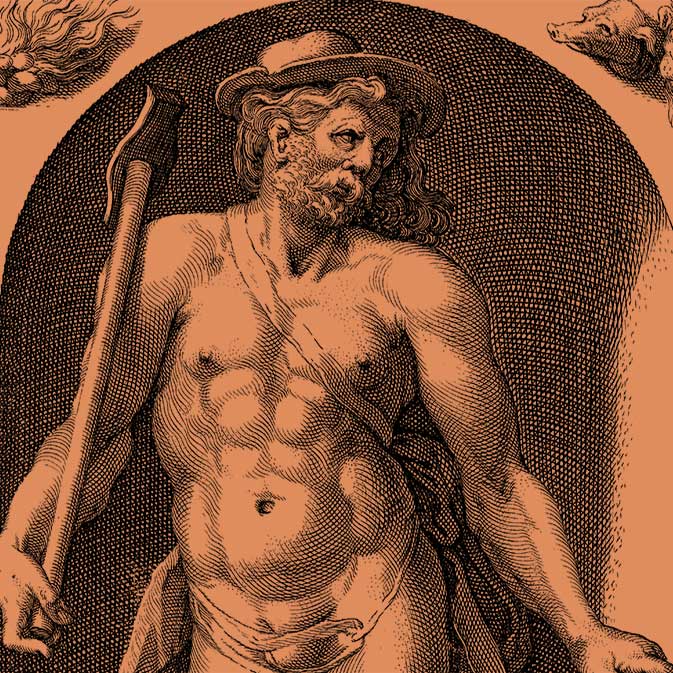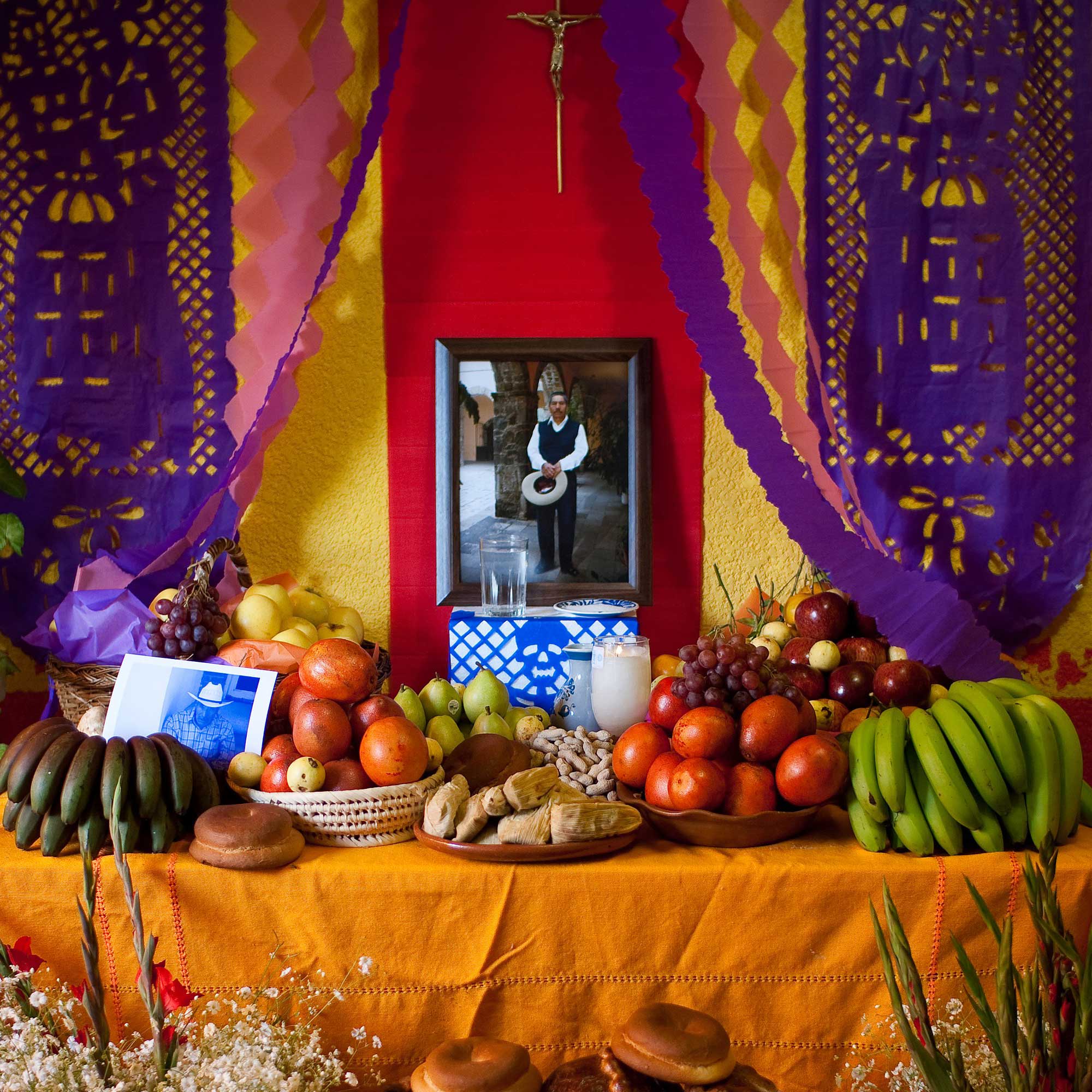What is a Daguerreotype?
The daguerreotype was introduced in 1839 by Louis Daguerre. It was the first publicly available photographic process and quickly became popular among those interested in photography. The name "daguerreotype" refers to both the process used to create the images and the final photographic product.
Daguerreotypes are created by polishing a sheet of silver-plated copper to a mirror like finish, treating it with light-sensitive fumes, exposing it to light, and sealing it behind glass. People would hang framed daguerreotypes on the wall or place them in lockets, jewel caskets, ornate boxes, and other accessories collectively known as "daguerreian jewellery."
A daguerreotype image is easily marred by scratches and other imperfections, making it difficult to preserve over time. The daguerreotype remains an important part of photographic history, and contemporary artists still practice the process.
How is a Daguerreotype Made?
Making a daguerreotype photograph involves exposing a silver-coated copper plate to iodine vapour which forms a light-sensitive coating, and then exposing the affected plate to light. The exposed plate is developed by mercury vapour, fixed with sodium thiosulfate solution, and washed. The resultant image is a direct positive that cannot be reproduced. Because making daguerreotypes requires using this one-of-a-kind process, each piece is a unique work of art. Below,
Blacksmith Forging a Horseshoe, c. 1859–1860 by Summer A. Smith.
A daguerreotype starts with a highly polished silver surface. It is usually made of a thin silver layer on top of a copper substrate, but brass can be used instead. You can also make daguerreotypes on solid silver sheets. A surface of pure silver is ideal, but sterling (92.5% pure), US coin (90% pure), or lower grades of silver are workable. The sterling silver sheet is then heat-fused onto the top of a thick copper ingot. The silver plate must be carefully buffed to a brilliant mirror shine to ensure the best possible print. Originally this was done by hand, but machines later served this purpose. A final swab of nitric acid erased any leftover organic matter.
1) Iodising the Plate
The first step in making a daguerreotype is to sensitise the silver plate by exposing it to halogen fumes. Iodine crystals at room temperature produce a surface coating of silver iodide, and experiments revealed that bromine fumes increase the sensitivity of the silver coating. A final re-fuming with iodine was standard. This process occurs in the darkroom because light will destroy the sensitivity of the coating.
2) Exposing and Developing the Plate
The photographer carries the plate to the camera using a light-tight plate holder. They uncover the sensitised silver surface within the dark camera and remove the cap from the camera lens to expose the image. This process creates an invisible latent image on the plate. The time required to expose the image could be seconds or minutes, depending on the sensitisation process, the brightness of the environment, and how much light the lens can concentrate.
Once the exposure has finished, the lens is capped, and the plate holder is returned to its lightproof case. The photographer then puts the plate in a special developing box to develop the latent image by exposing it to the fumes of heated mercury. It was a dangerous process, as mercury is toxic. (For more about poisonous mercury, read our blog about Cinnabar paint!)
3) Fixing and Washing the Plate
The photographer's final job is to permanently 'fix' the image; without doing so, the image will disappear when exposed to light. Fixing involves treating the image with sodium thiosulfate solution, and the plate is then washed with distilled water to remove residual chemicals.
What Photographic Process Replaced the Daguerreotype?
The daguerreotype was the first widely available photographic process. (Below,
Portrait of a Daguerreotypist Displaying Daguerreotypes and Cases pictured in an airtight frame.) It was used during the 1840s and 1850s before being replaced by the tintype and ambrotype processes. The daguerreotype was costly and could require lengthy exposure time. In contrast, the tintype and ambrotype could be produced quickly and cheaply, making them much more accessible to the general public. The tintype was created by coating a metal plate with a photographic emulsion and then exposing it to the image, creating a photograph in minutes. The ambrotype was similar but used a glass plate instead of metal. These new methods proved to be much more popular than the daguerreotype, as they were faster, easier to produce, and inexpensive.
Level Up Your Creative Practice
Introducing the ultimate creative powerhouse: The Mega Bundle by Vault Editions! Boasting an incredible 7,531 high-resolution images from 37 of our most popular titles, this digital bundle is a must-have for anyone looking to take their designs to the next level. But that's not all – we've also included five print-at-home craft eBooks and a digital copy of our Tattoo Lettering Inspiration Reference Book. The creative possibilities are truly endless.
Whether you're a professional designer or just starting out, this Mega Bundle will blow your mind with its stunning collection of images and an impressive variety of genres. From anatomy and medical illustrations to insects and botanical art, this bundle has something for everyone. And with the ability to quickly create client designs, impressing your peers has never been easier.
We know that delivering quality work on time is critical, which is why all of our images are high-resolution files, ensuring that your final products will look nothing short of amazing. So why settle for mediocre designs when you can go all out with the Vault Editions Mega Bundle? With so much creative potential at your fingertips, the possibilities are truly endless. Get your hands on the Mega Bundle today and take your creativity to new heights!









